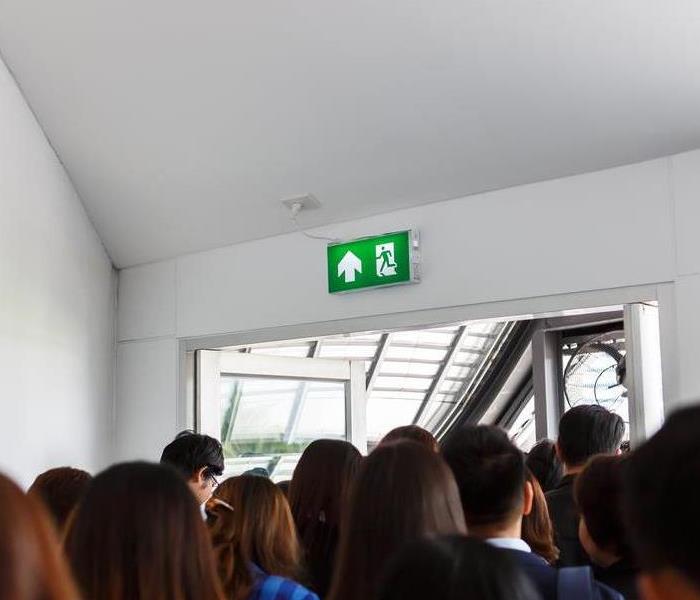5 Steps to Conducting an Emergency Drill
7/12/2019 (Permalink)
Is your workplace in Seattle, WA prepared for an emergency evacuation? It is important for all buildings to have an evacuation plan in place and that all workers are well-versed on its contents. The Occupational Safety and Health Administration (OSHA) provides thorough guidance on how to effectively plan for an evacuation and how to run a successful fire drill. The following are the five major steps in the process.
1. Plan Development and Training
Ensure that a written emergency action plan has been developed and that employees are trained on the plan's contents and procedures. Ensure the plan includes the phone number for commercial building restoration services as well.
2. Scheduling and Notification
With the plan in place and training complete, it is time to plan the drill. Coordinate with local authorities to schedule the date and time of the exercise. Authorities will often help run the drill and provide insights afterward. This notification step is critical in the event that building alarms are wired to automatically alert the local fire department in order to prevent falsely triggering a response.
3. Fire Drill Execution
On the designated date and time, activate your building’s alarm system. Observe employees as they evacuate and take note of whether established procedures are being followed. Also note any issues that may arise.
4. Debriefing
Shortly after the drill, gather key individuals (management, local authorities and/or employees) together to discuss what was observed during the exercise. What went right? What needs improvement? Take note of any action items that result from the discussion.
5. The Follow-Up
Be sure to follow through on any corrective actions that need to occur based on the debriefing. Revisit the written plan and make any changes that have been identified.
It is crucial to run the occasional fire drill to practice evacuation procedures before a crisis occurs. In the event of an emergency, workers will be better prepared to respond quickly and efficiently. It may even save a life. Visit https://www.SERVPROseattlenorthwest.com/ for more information on commercial disaster restoration.





 24/7 Emergency Service
24/7 Emergency Service
